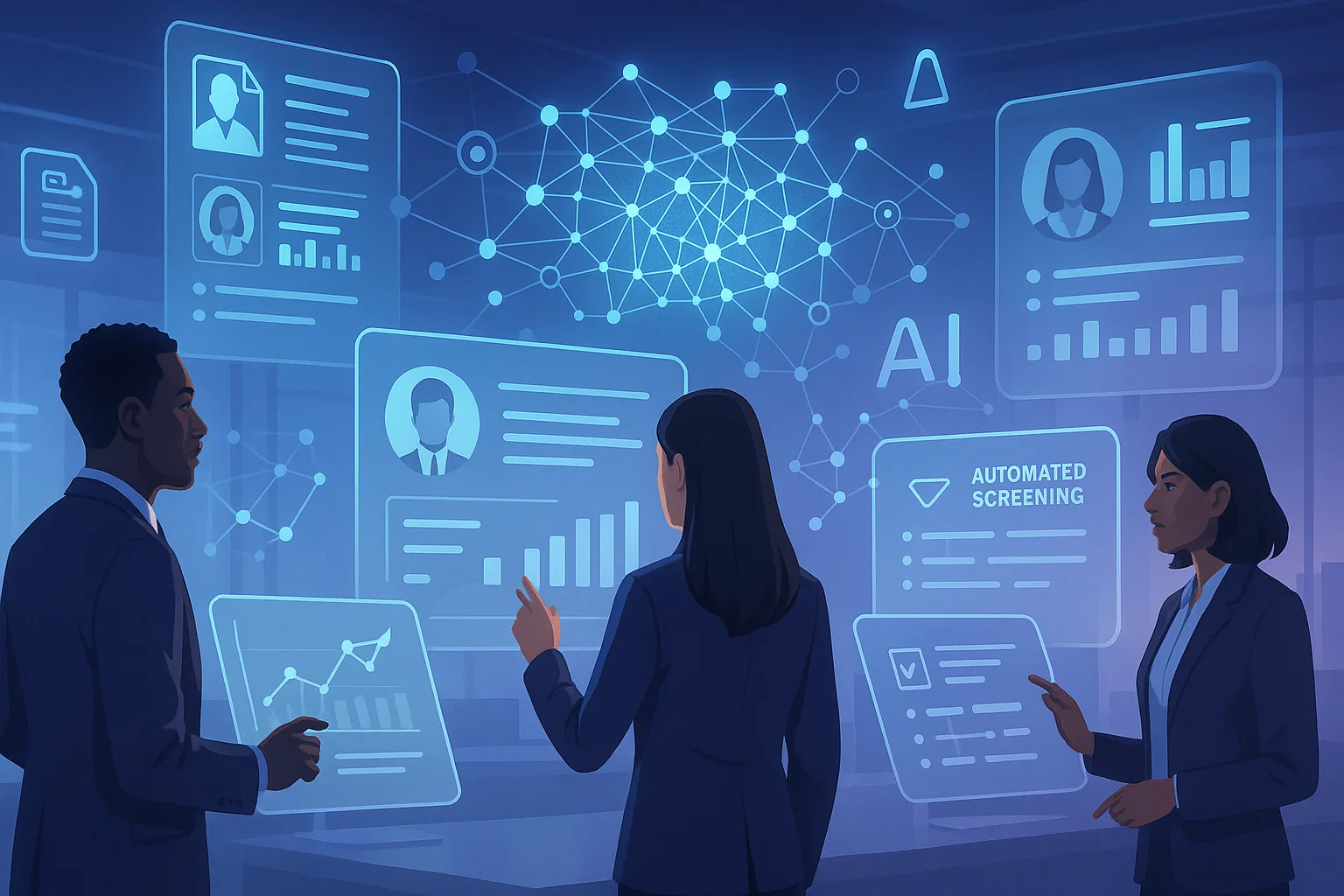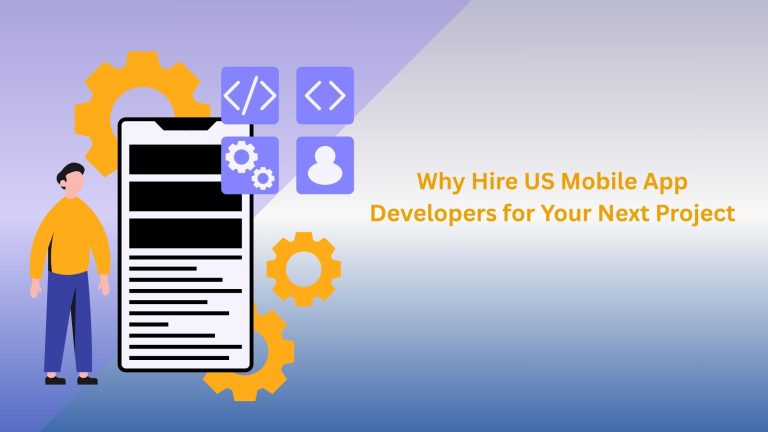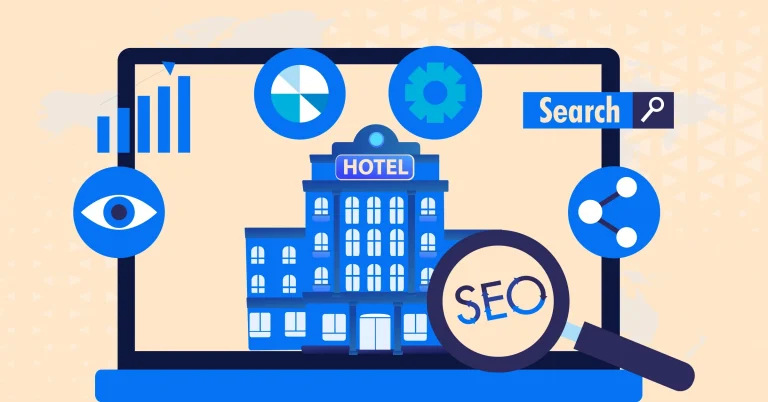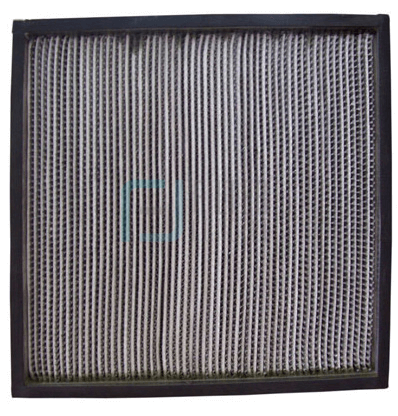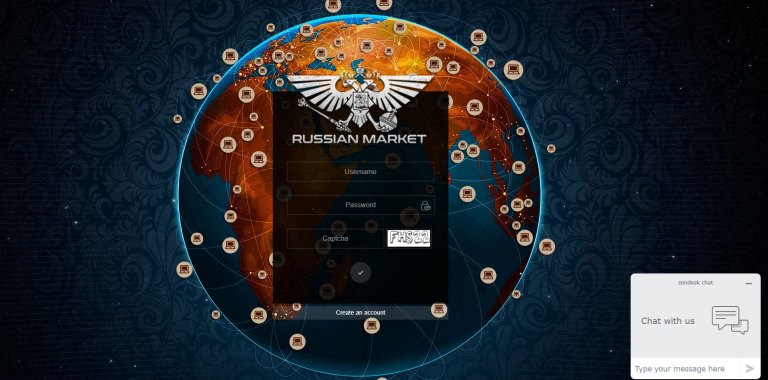Future-Proofing Talent Acquisition: Next-Gen AI Hiring Automation Trends and Predictions
The talent acquisition landscape stands at a pivotal moment. Traditional recruiting methods struggle to keep pace with evolving candidate expectations, competitive markets, and the need for faster, more accurate hiring decisions. Organizations worldwide are embracing AI hiring automation to transform their recruitment processes, moving beyond basic applicant tracking systems to sophisticated platforms that predict candidate success and streamline entire hiring workflows.
As we navigate this technological revolution, forward-thinking companies are positioning themselves at the forefront of recruitment innovation. The next generation of AI-powered solutions promises to reshape how organizations discover, evaluate, and onboard talent, creating more efficient and equitable hiring processes than ever before.
The Current State of AI Hiring Automation
Modern recruitment teams face unprecedented challenges. The average corporate job posting receives 250 applications, yet recruiters spend only six seconds initially reviewing each resume. This mismatch between volume and attention creates significant inefficiencies, often resulting in qualified candidates slipping through the cracks while hiring managers wait weeks for suitable talent.
AI hiring automation addresses these challenges by processing vast amounts of candidate data in seconds, identifying patterns that human reviewers might miss, and maintaining consistent evaluation criteria across all applications. Current systems excel at resume parsing, keyword matching, and basic candidate ranking, providing recruiters with pre-filtered candidate pools that significantly reduce manual screening time.
Leading organizations report 40-60% reductions in time-to-hire when implementing comprehensive automation solutions. These early adopters demonstrate that AI technology doesn’t replace human judgment but enhances it, allowing recruiters to focus on relationship building and strategic decision-making rather than administrative tasks.
However, current automation tools represent just the beginning of what’s possible. The next wave of innovation promises far more sophisticated capabilities that will fundamentally change how organizations approach talent acquisition.
Emerging Trends Reshaping Recruitment Technology
Predictive Analytics and Performance Modeling
The future of recruitment lies in prediction rather than reaction. Next-generation platforms will analyze historical hiring data, employee performance metrics, and retention patterns to create detailed success profiles for each role. These systems will predict not just whether candidates can perform job functions, but how they’ll adapt to company culture, collaborate with specific teams, and contribute to long-term organizational goals.
Advanced predictive models will incorporate external data sources, including market trends, industry developments, and economic indicators, to forecast hiring needs months in advance. This proactive approach enables organizations to build talent pipelines before urgent needs arise, reducing competition for scarce skills and improving candidate experience through more thoughtful engagement.
Conversational AI and Intelligent Screening
Chatbot technology is evolving beyond simple Q&A interactions to sophisticated conversational interviews that adapt based on candidate responses. These AI-powered conversations will conduct initial screenings, assess communication skills, and evaluate cultural fit through natural language processing and sentiment analysis.
Future systems will engage candidates in realistic job simulations, presenting scenarios that mirror actual work challenges and evaluating problem-solving approaches in real-time. This immersive screening process provides deeper insights into candidate capabilities while creating more engaging experiences that showcase company culture and role expectations.
Bias Reduction Through Advanced Algorithms
One of the most promising aspects of AI hiring automation involves its potential to reduce unconscious bias in hiring decisions. Next-generation algorithms will actively identify and correct for biased patterns in job descriptions, screening criteria, and evaluation processes.
These systems will monitor hiring outcomes across different demographic groups, flagging potential disparities and suggesting adjustments to ensure equitable treatment. Advanced bias detection will extend beyond protected characteristics to identify subtle preferences that might disadvantage certain educational backgrounds, career paths, or communication styles.
Revolutionary Technologies Entering the Market
Natural Language Processing and Semantic Understanding
Modern AI systems are developing sophisticated understanding of context, nuance, and implied meaning in candidate communications. Rather than relying on keyword matching, future platforms will comprehend the substance of candidate responses, evaluating critical thinking, creativity, and domain expertise through written and verbal interactions.
This semantic understanding enables more accurate assessment of soft skills, leadership potential, and cultural alignment that traditional screening methods often miss. Candidates will receive credit for relevant experience expressed in different terminology, and recruiters will gain deeper insights into candidate motivations and career aspirations.
Computer Vision and Video Analysis
Video interviewing platforms are incorporating advanced computer vision capabilities to analyze facial expressions, body language, and vocal patterns during candidate interactions. While respecting privacy boundaries, these tools provide additional data points about candidate confidence, enthusiasm, and communication effectiveness.
Future applications will extend beyond interviews to analyze candidate-submitted video portfolios, presentations, and work samples, providing comprehensive evaluation of technical skills and creative abilities that written assessments cannot capture.
Integration with Internal Performance Systems
Next-generation AI hiring automation platforms will seamlessly integrate with performance management, learning and development, and employee engagement systems to create closed-loop feedback mechanisms. These connections enable continuous refinement of hiring criteria based on actual employee success and retention data.
Organizations will track hiring decisions through entire employee lifecycles, identifying which assessment methods and candidate characteristics correlate with high performance, rapid advancement, and long-term retention. This data-driven approach continuously improves hiring accuracy and reduces turnover costs.
Industry-Specific Applications and Customization
Different industries require specialized approaches to talent acquisition, and AI systems are becoming increasingly sophisticated in addressing sector-specific needs. Healthcare organizations need platforms that verify certifications and assess patient interaction skills, while technology companies require systems that evaluate coding abilities and technical problem-solving through practical assessments.
Financial services firms benefit from AI tools that assess regulatory knowledge and risk management capabilities, while manufacturing companies need systems that evaluate safety consciousness and technical proficiency. Future platforms will offer industry-specific modules that understand unique requirements, compliance considerations, and success metrics for different sectors.
The customization extends to organizational culture and values alignment. AI systems will learn company-specific success patterns, identifying candidates who thrive in particular environments, management styles, and team dynamics. This personalization ensures that automation enhances rather than standardizes the hiring process.
Implementation Strategies for Forward-Thinking Organizations
Phased Adoption and Change Management
Successful implementation of advanced AI hiring automation requires careful planning and stakeholder buy-in. Organizations should begin with pilot programs in specific departments or role types, allowing teams to experience benefits firsthand while identifying integration challenges and refinement opportunities.
Change management becomes crucial as AI systems alter traditional recruiting workflows. Training programs should help recruiters understand how to interpret AI recommendations, maintain human oversight, and leverage technology to enhance rather than replace their expertise. Clear communication about AI capabilities and limitations prevents unrealistic expectations and ensures appropriate use.
Data Quality and System Integration
The effectiveness of AI hiring systems depends heavily on data quality and integration with existing HR technology stacks. Organizations must audit their current data collection practices, standardize information formats, and establish data governance policies that ensure accuracy and compliance.
Integration planning should address technical requirements, workflow modifications, and user experience considerations. Seamless data flow between applicant tracking systems, HRIS platforms, and performance management tools enables comprehensive candidate evaluation and longitudinal analysis of hiring decisions.
Measuring Success and Continuous Improvement
Forward-thinking organizations establish clear metrics for evaluating AI hiring automation effectiveness. Beyond traditional measures like time-to-hire and cost-per-hire, companies should track quality indicators such as new hire performance ratings, retention rates, and diversity improvements.
Regular system audits ensure that AI algorithms perform as intended and don’t develop unintended biases over time. Continuous feedback loops between hiring outcomes and system parameters enable ongoing optimization and adaptation to changing business needs.
Preparing for the Future of Talent Acquisition
The organizations that will thrive in tomorrow’s competitive talent market are those investing in AI hiring automation capabilities today. This preparation involves more than technology adoption; it requires fundamental shifts in how teams think about recruitment, candidate experience, and talent strategy.
Successful future-proofing demands ongoing education about emerging technologies, regular evaluation of current processes, and willingness to experiment with new approaches. Companies should build relationships with innovative technology providers, participate in industry discussions about best practices, and maintain awareness of regulatory developments affecting AI use in hiring.
Talent acquisition teams must develop new competencies in data analysis, technology integration, and AI system management while maintaining core skills in relationship building, candidate assessment, and strategic thinking. This hybrid skill set will define successful recruiters in the AI-enhanced future.
The Aicruit Advantage in Next-Generation Recruitment
As organizations navigate this technological transformation, platforms like Aicruit are leading the development of comprehensive AI hiring automation solutions that address current limitations while anticipating future needs. These advanced systems combine predictive analytics, natural language processing, and bias reduction algorithms in user-friendly interfaces that enhance rather than complicate recruiting workflows.
The future of talent acquisition belongs to organizations that embrace intelligent automation while maintaining human-centered approaches to candidate engagement. By investing in next-generation AI capabilities today, forward-thinking companies position themselves to attract, evaluate, and hire the talent that will drive tomorrow’s success. The revolution in recruitment technology is not a distant possibility—it’s happening now. Organizations that act decisively to implement sophisticated AI hiring automation will gain competitive advantages that compound over time, building stronger teams, reducing hiring costs, and creating more equitable opportunities for all candidates. The future of talent acquisition is intelligent, automated, and more human than ever before.

